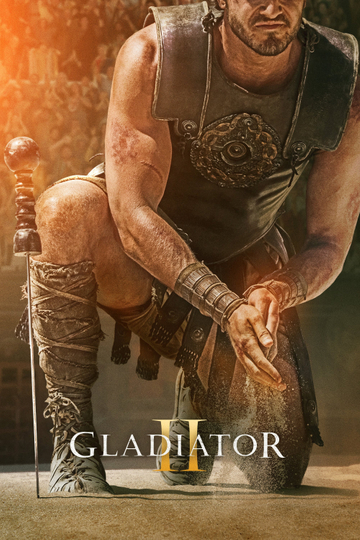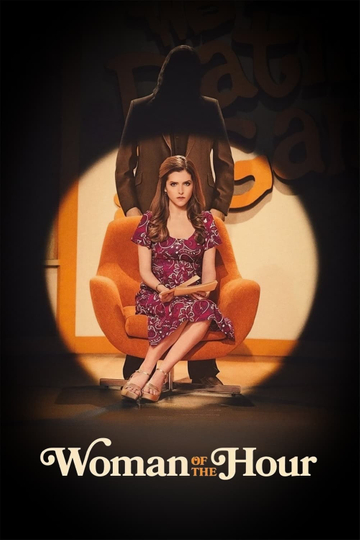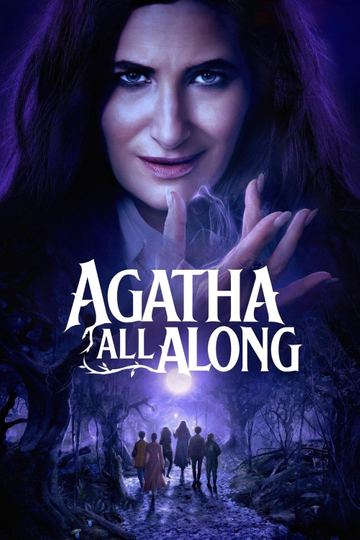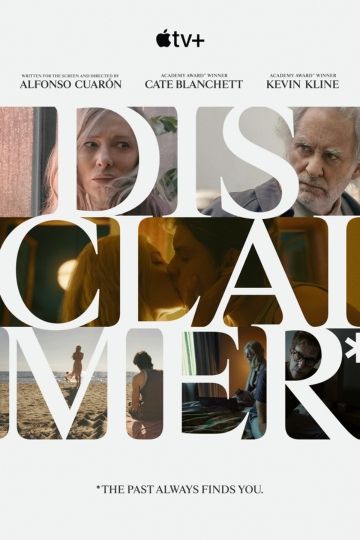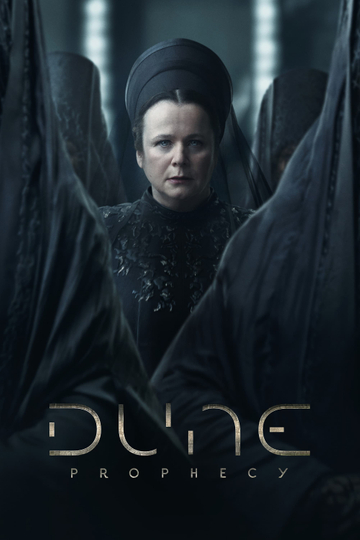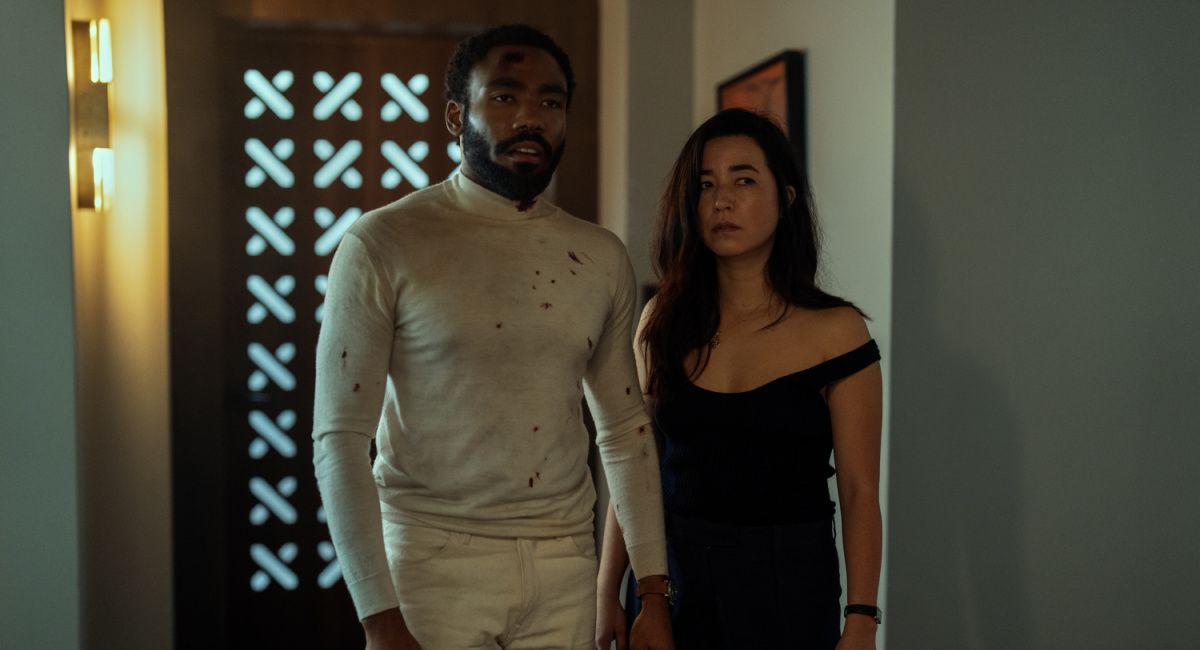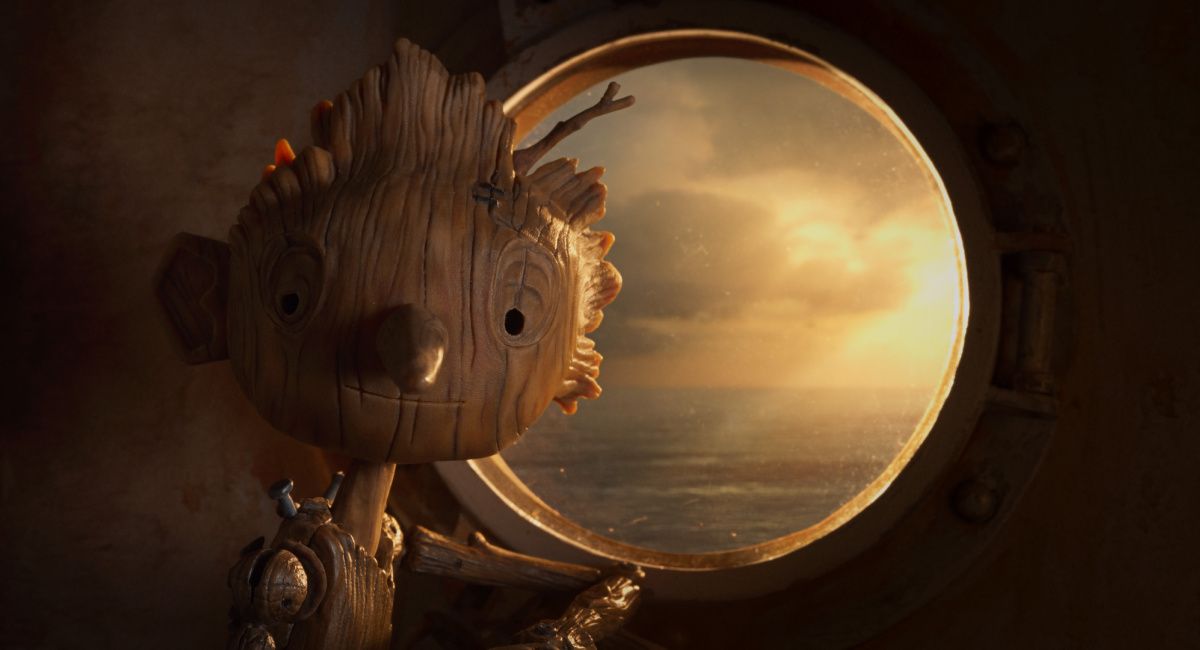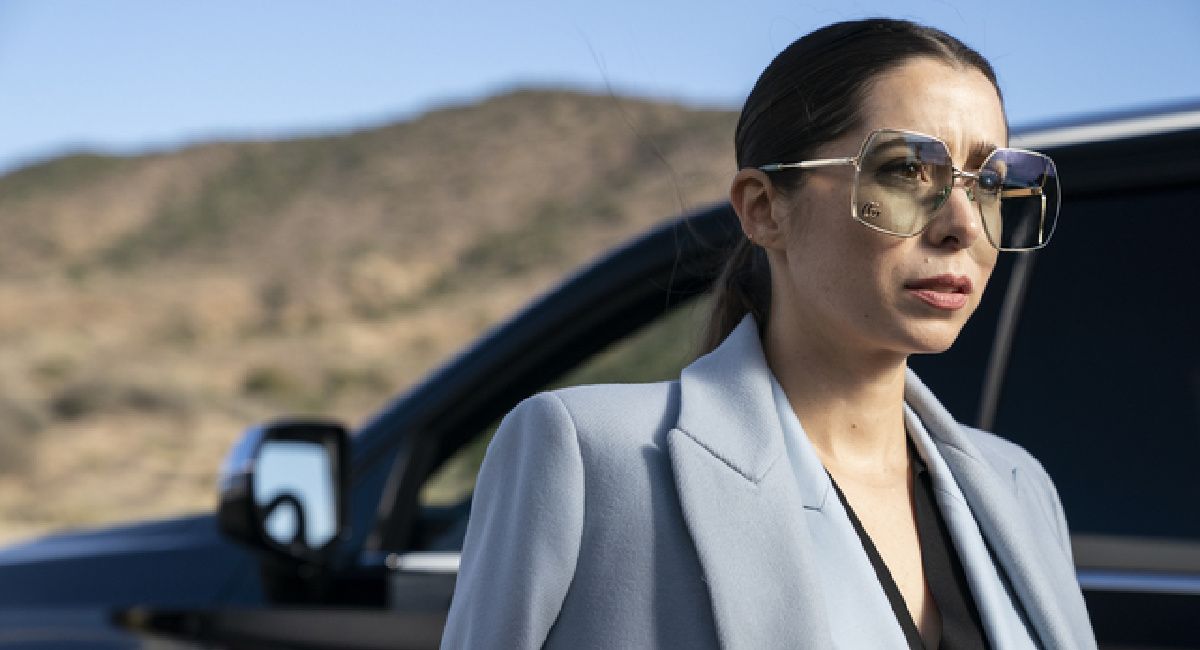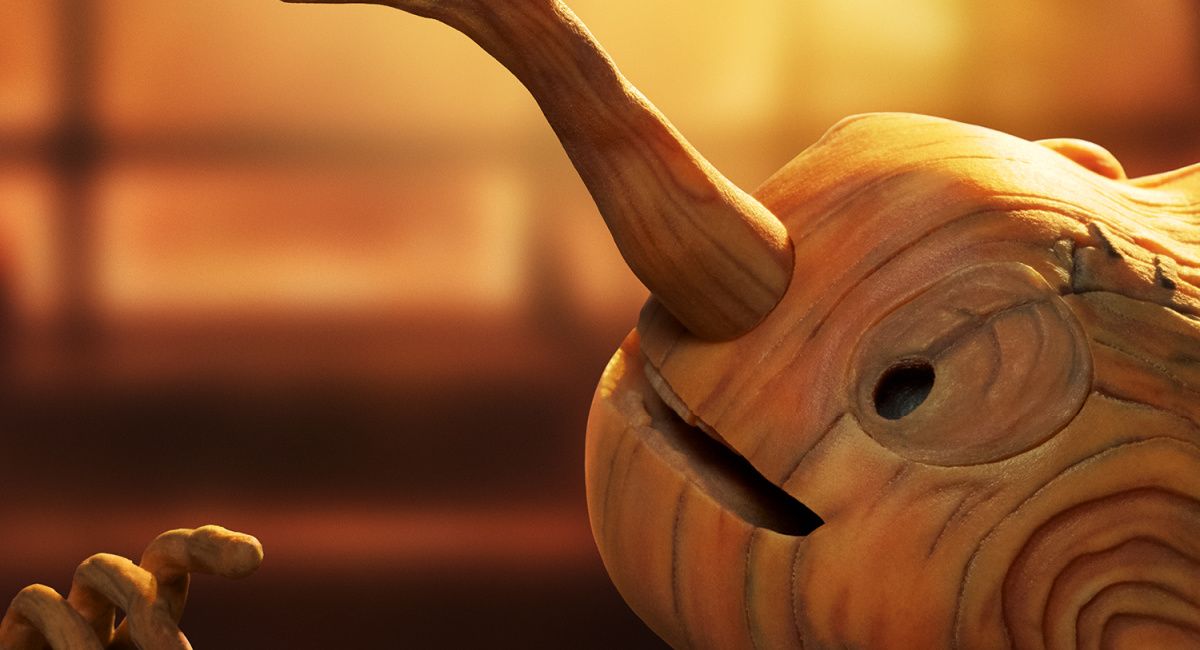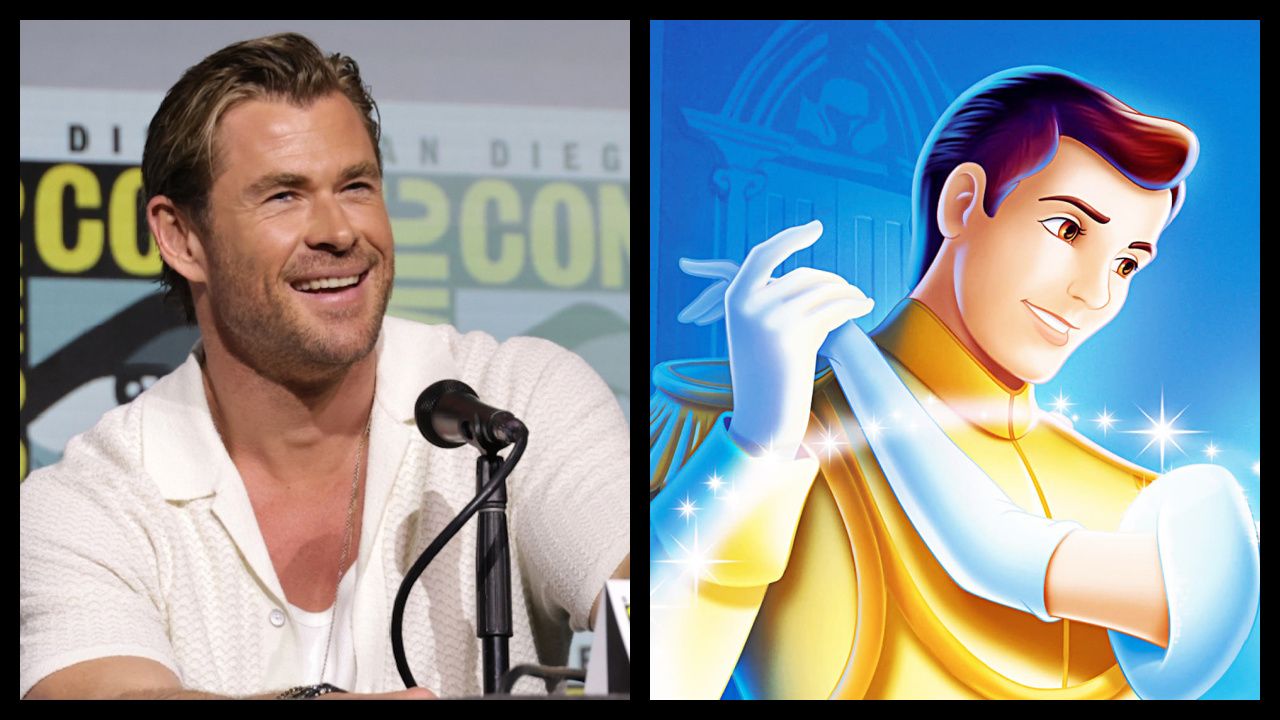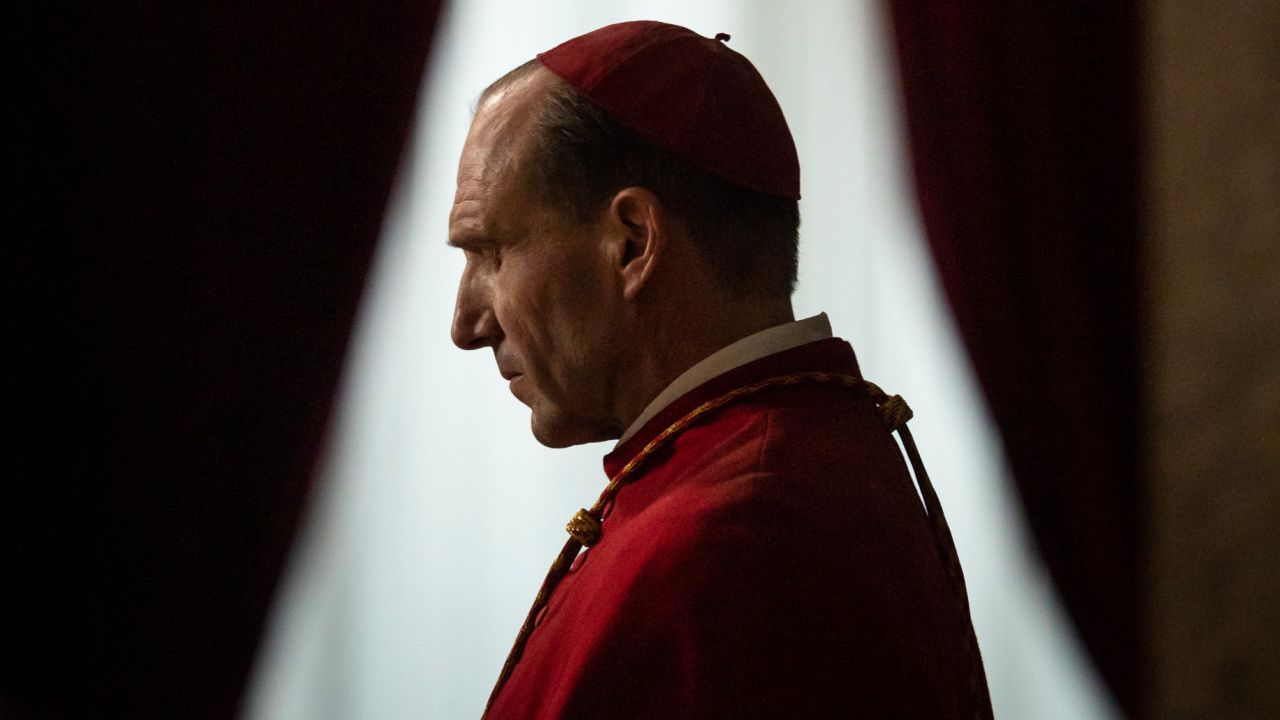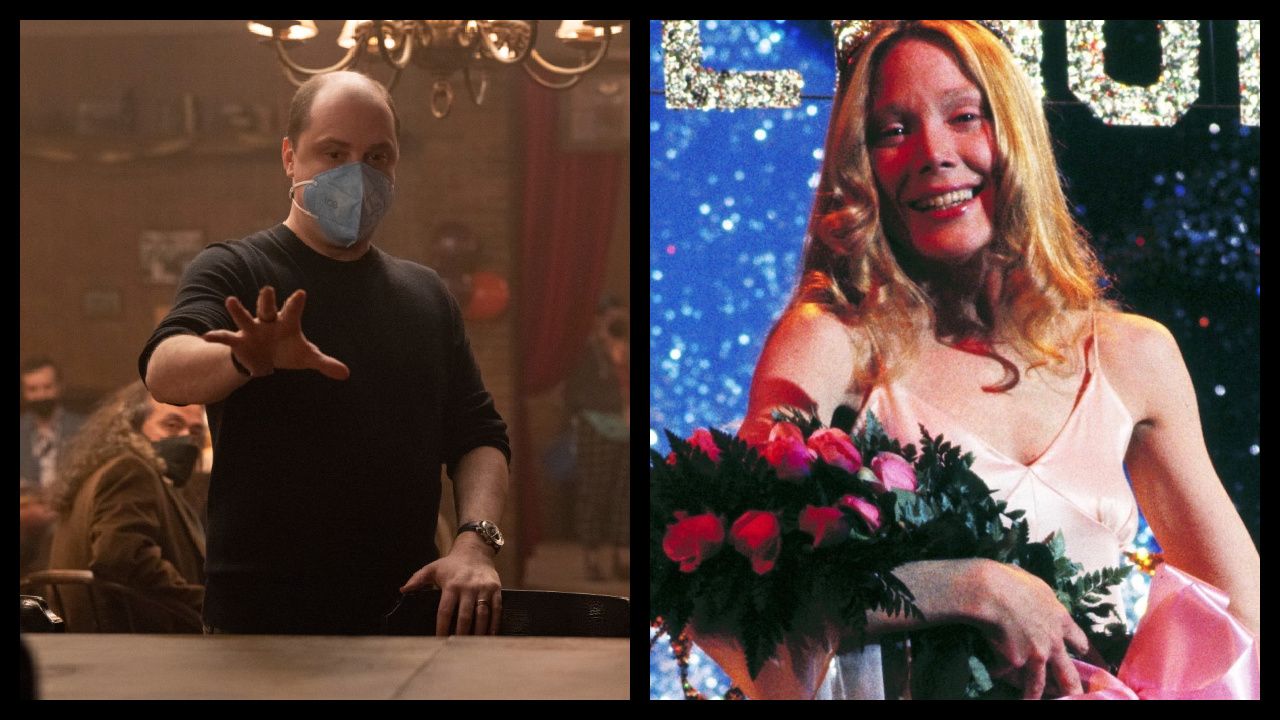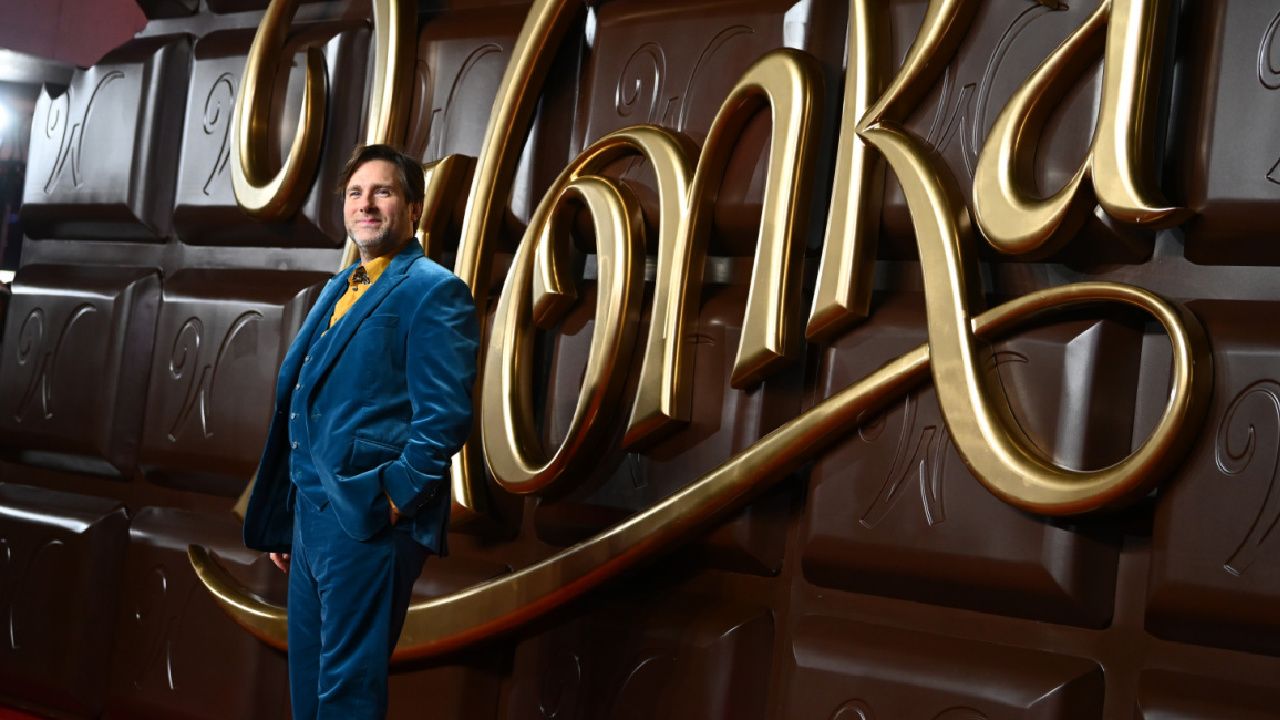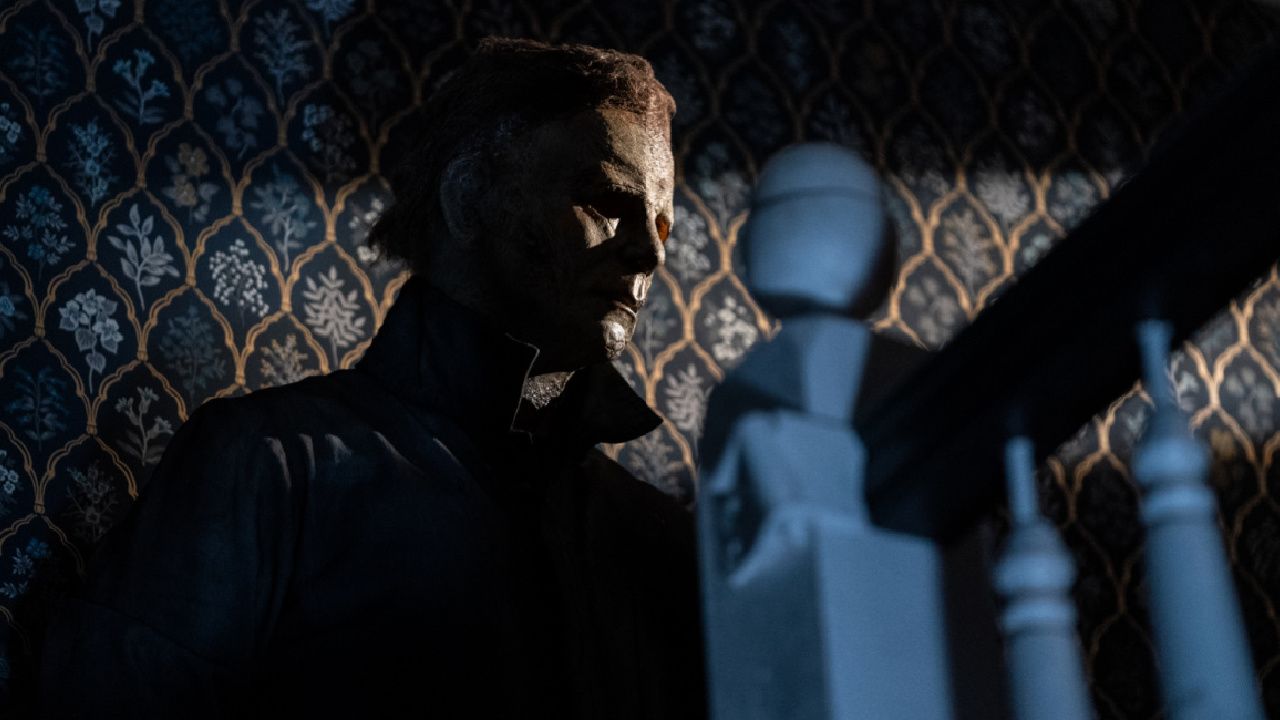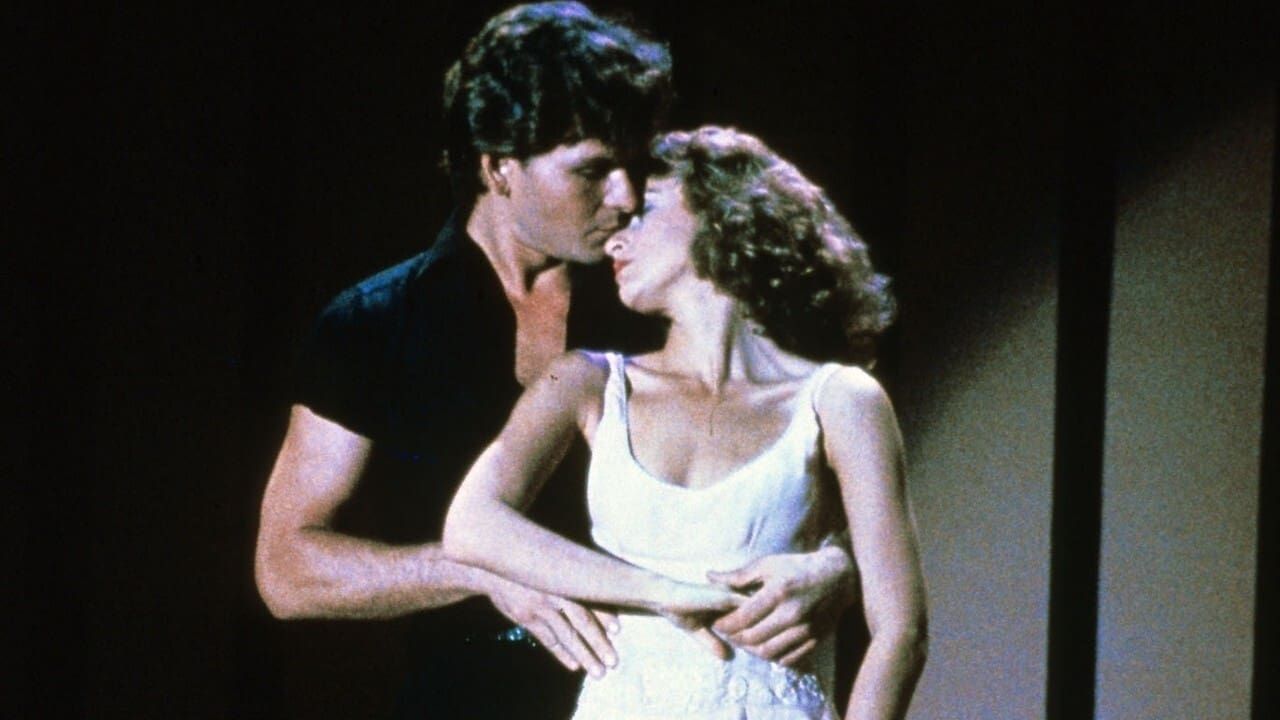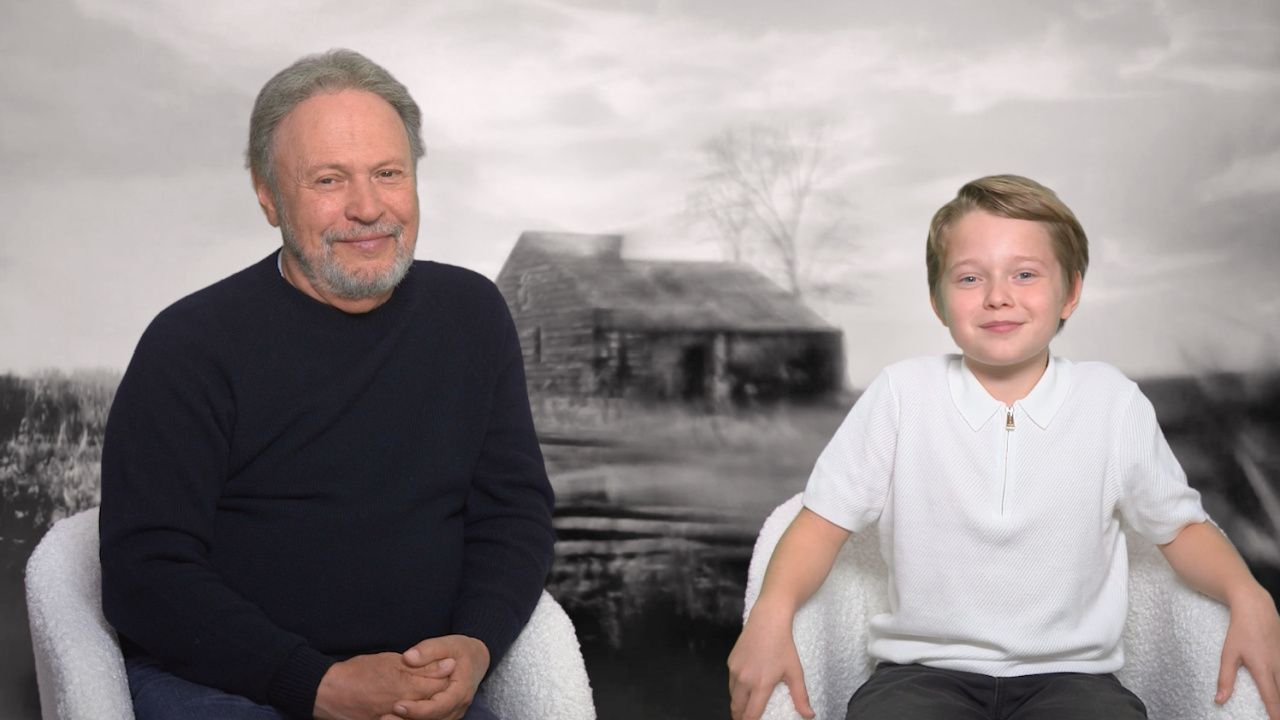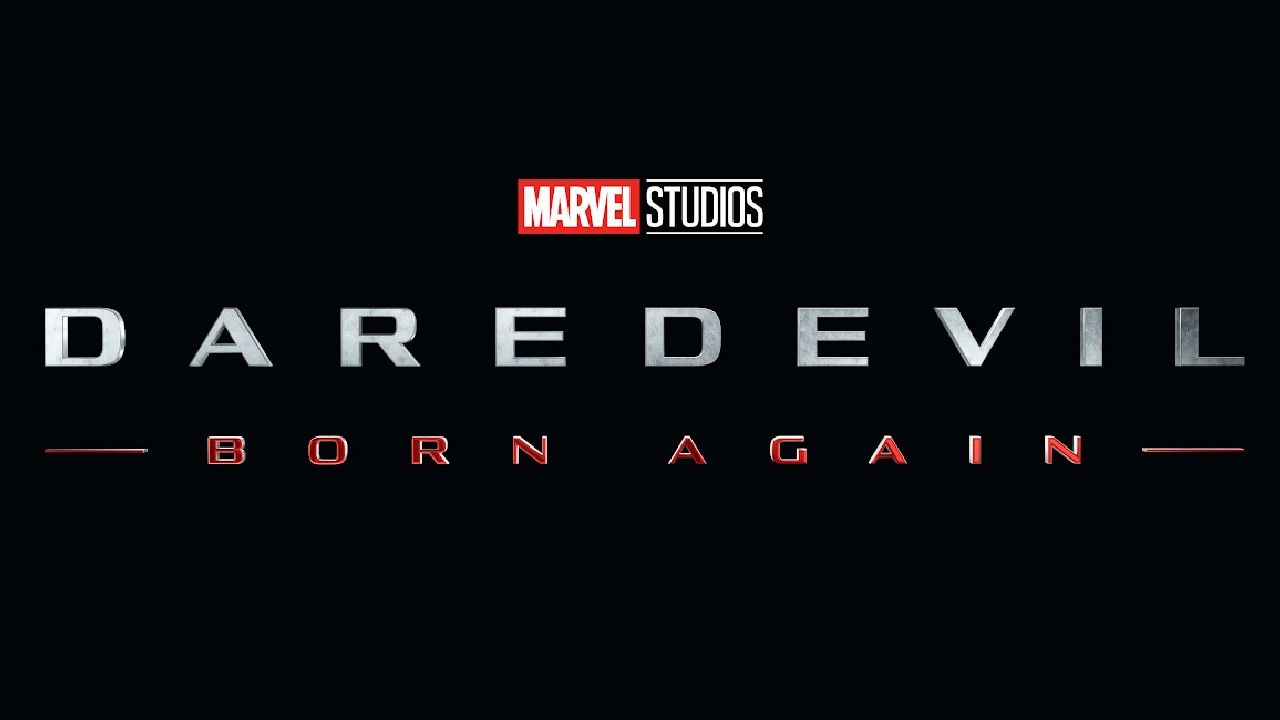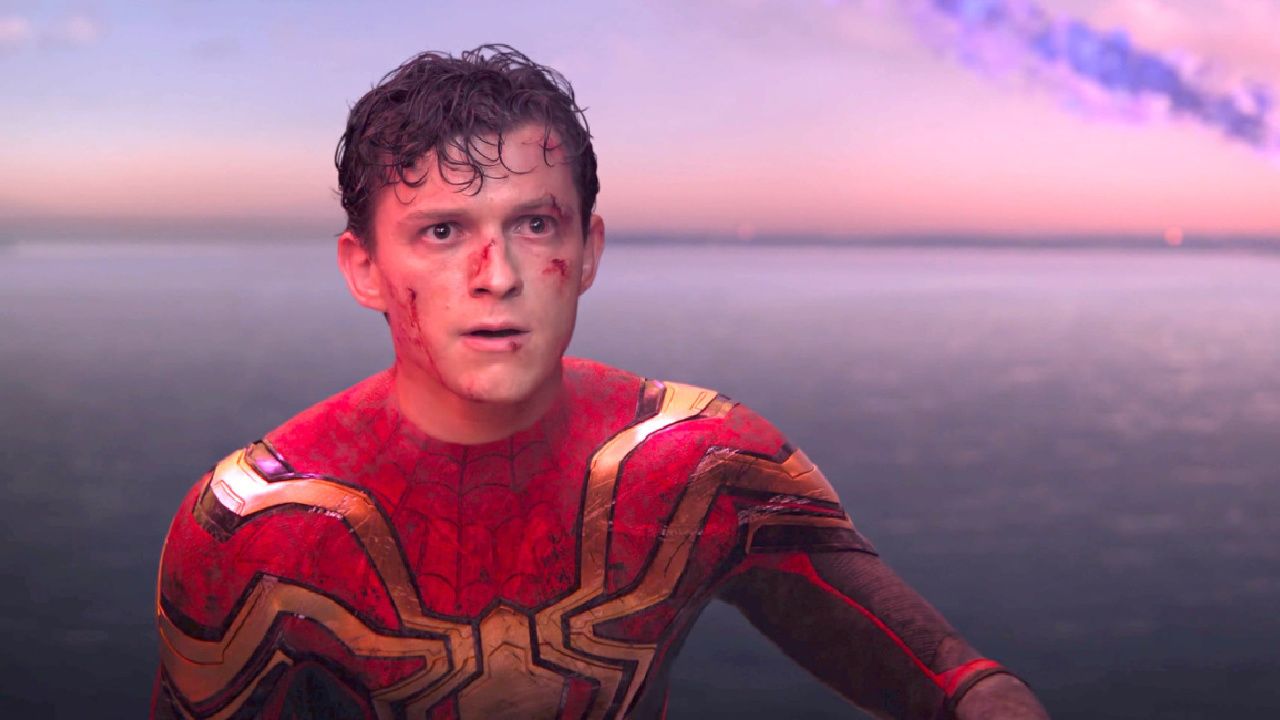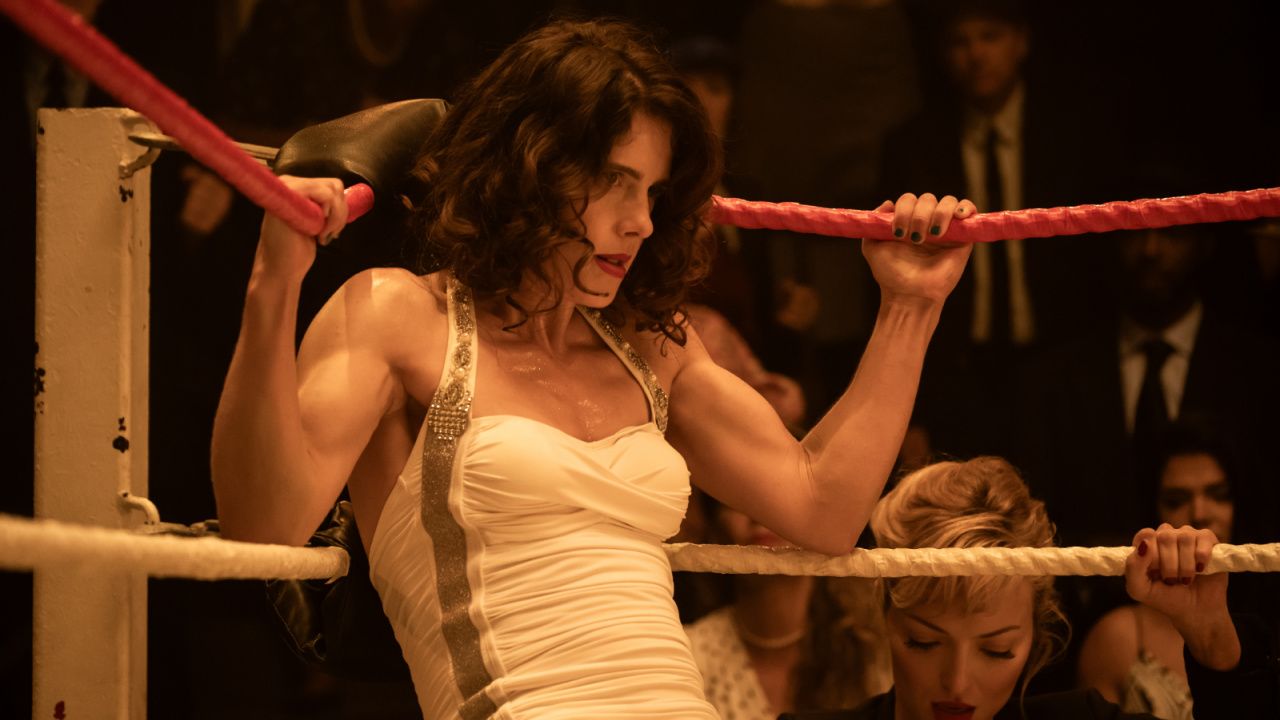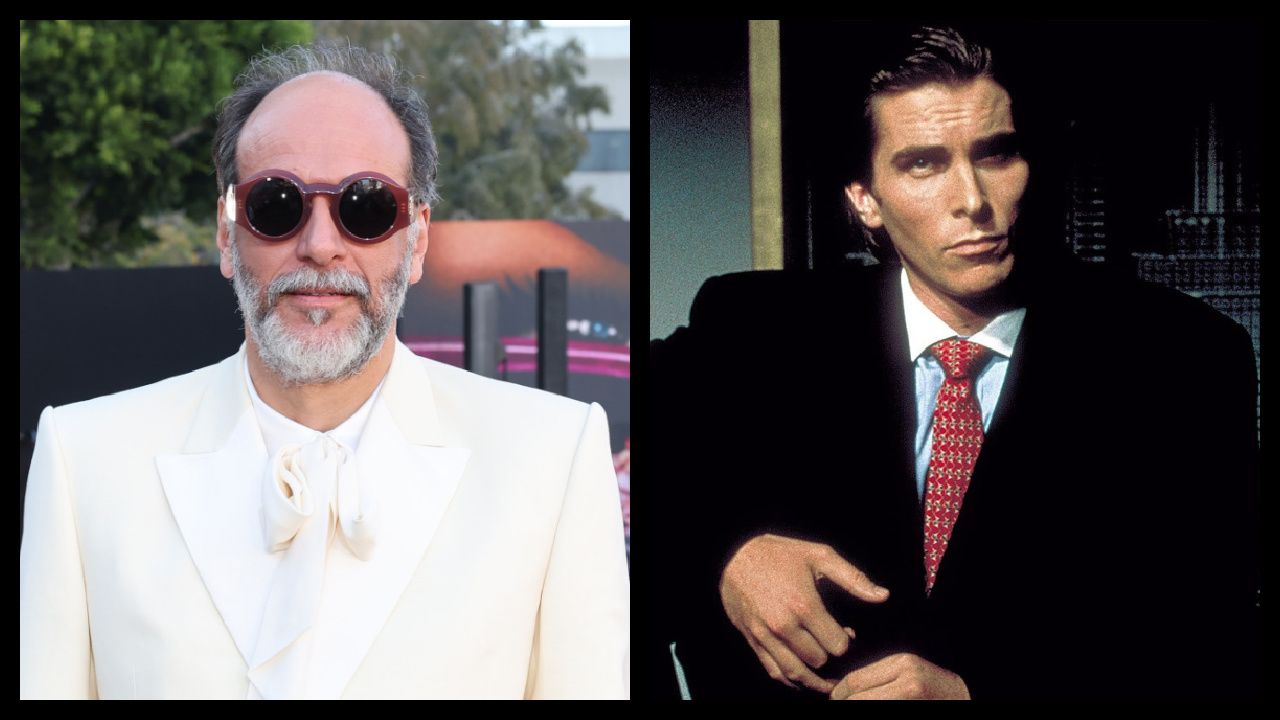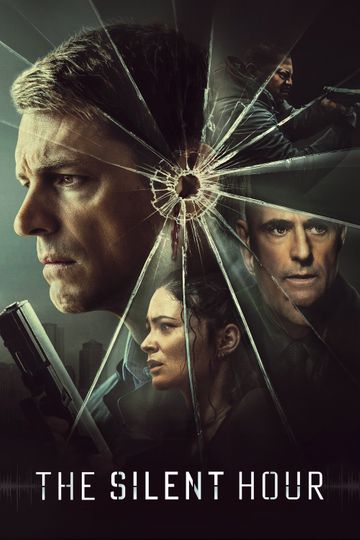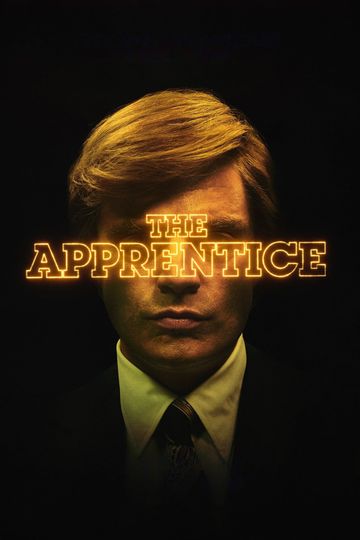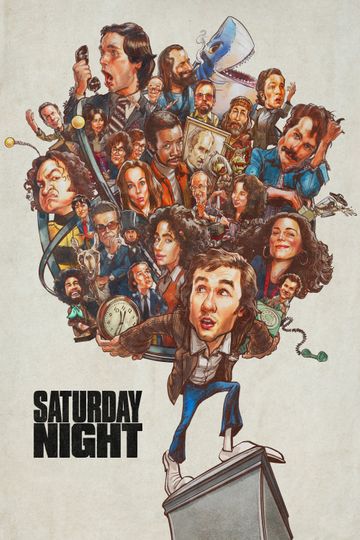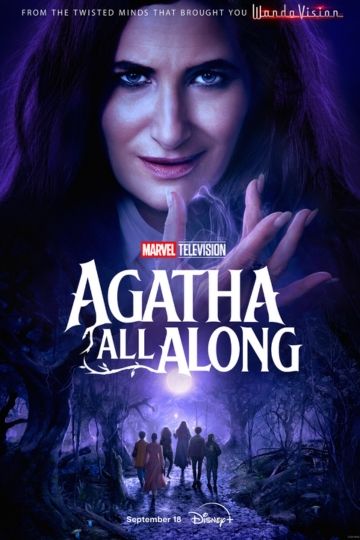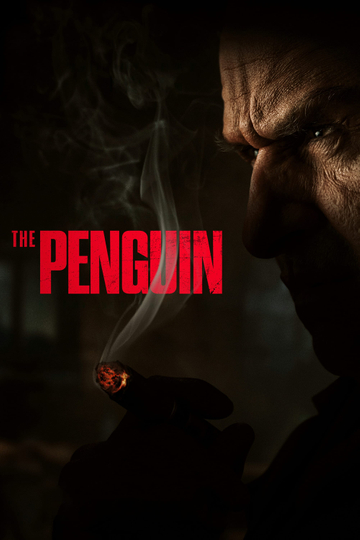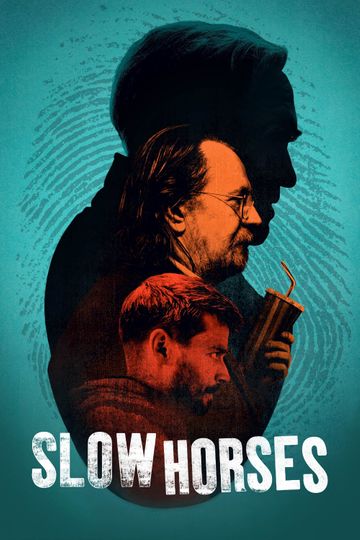Filmmaker Guillermo del Toro Talks 'Guillermo del Toro's Pinocchio'
Moviefone speaks with Guillermo del Toro about 'Pinocchio.' "We decided to put eight rules of animation together for the crew," the director explained.
Premiering on Netflix December 9th is Oscar-winning director 'Guillermo del Toro’s Pinocchio.’
A stop-motion-animated adaptation of Carlo Collodi’s 1883 fairy tale novel of the same name, the film is a long-in-development passion project of Del Toro, who’s co-directed it with veteran animation director Mark Gustafson.
The new film features the voices of Ewan McGregor, David Bradley, Burn Gorman, Ron Perlman, John Turturro, Finn Wolfhard, Cate Blanchett, Tim Blake Nelson, Christoph Waltz, Tilda Swinton, and Gregory Mann as the titular puppet.
Pinocchio reworks the classic fable into a tale of fathers and sons, of the virtue of disobedience, and – like so much of Del Toro’s work – of the dangers of fascism.
Moviefone recently had the pleasure of speaking with Guillermo Del Toro about the film’s inspirations and its unique style of animation.
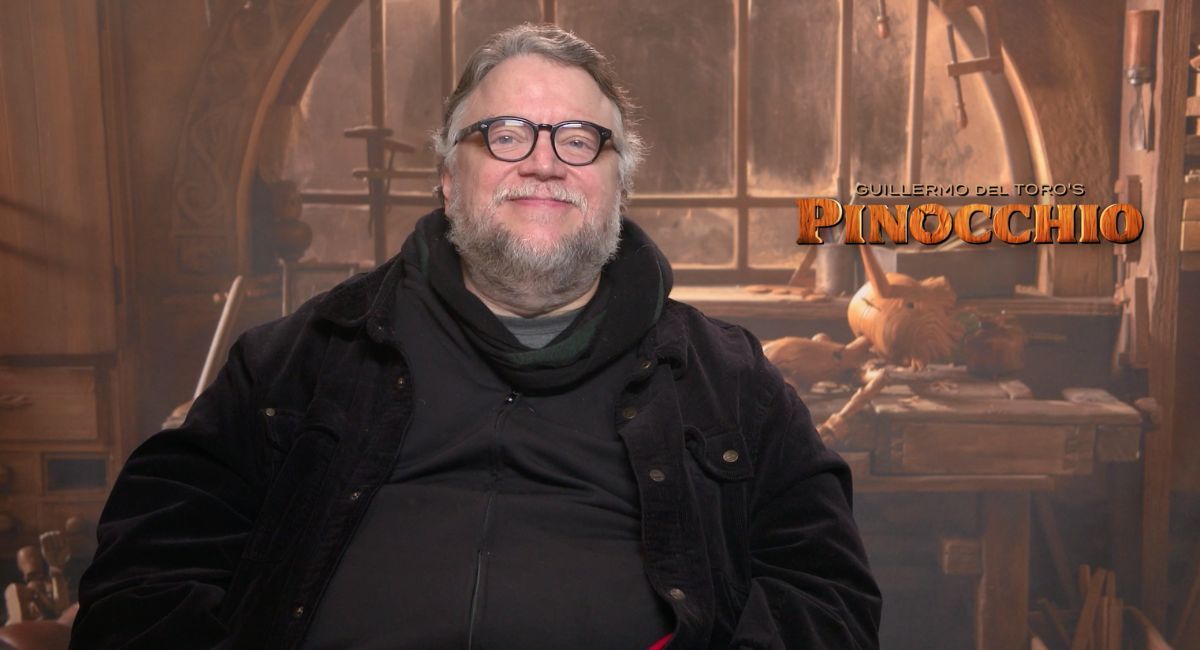
Director Guillermo del Toro for 'Guillermo del Toro's Pinocchio.'
You can read our full interview below or click on the video player above to watch our interview with Del Toro about ‘Pinocchio.’
Moviefone: One of the interesting things about ‘Pinocchio’ is that rather than recall other animated movies, it shares the emotional immediacy of Italian Neorealism and Luis Bunuel's films from the 1950s. How did you approach balancing its real life horrors with its fantasy elements? Did you take much the same approach you did with ‘Pan's Labyrinth’?
Guillermo del Toro: Yeah, it's very much the same. I mean, it's instinctual partially, certainly in shaping the first iterations of the tale. Then you're really, really careful on the composition of the scenes and how they flow from one another. Tonally, it's a movie that is going to fluctuate between moments of musical comedy or comedy to drama, to melodrama, to conversations that have a gravity for me and an importance for me that is almost existential.
So you have to be able to circulate between Mussolini arriving in a Tex Avery Warner Brothers Cartoon limousine and Pinocchio having a conversation with a fellow bedmate in a fascist reeducation youth camp. So that's what is difficult. But every time I think about one of my movies, it is that disparity of flavors that attracts me. ‘Shape of Water’ was a love story between a cleaning woman and an amphibian man done by Douglas Sirk with musical numbers. So it is not exactly easy, but it's what I do. I don't know if I do it well or not, but I do it.
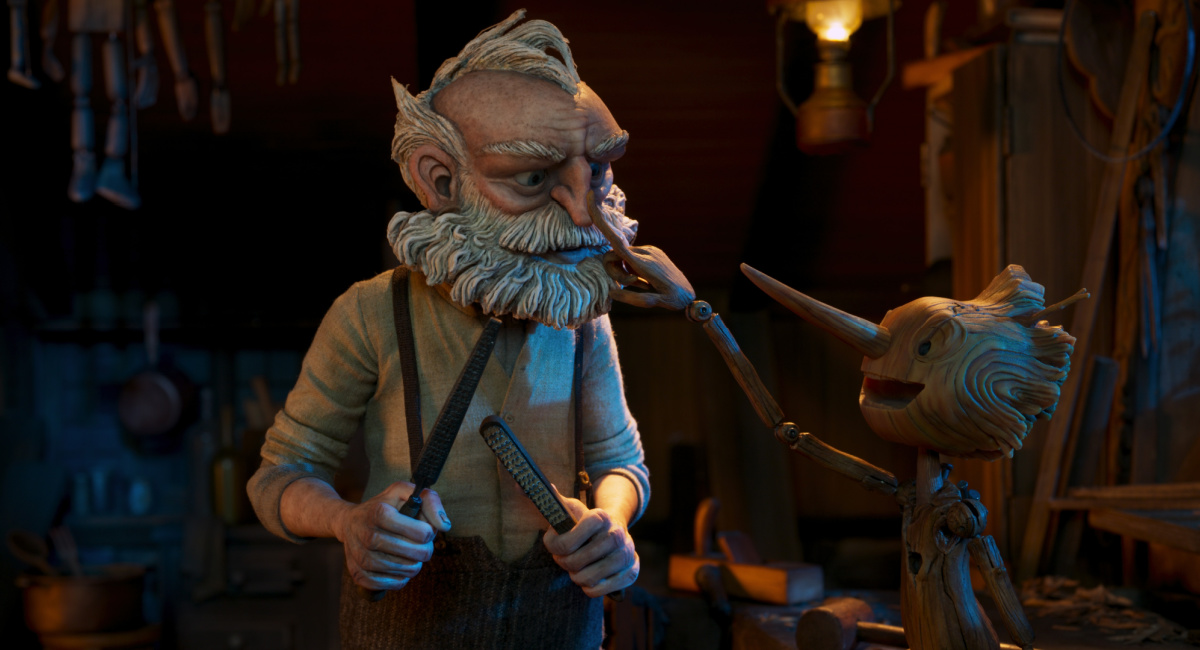
(L to R) Gepetto (voiced by David Bradley) and Pinocchio (voiced by Gregory Mann) in Guillermo del Toro's 'Pinocchio.' Photo: Netflix © 2022.
MF: You've said that in making this film you sought to avoid the pantomime shorthand that infects so many animated films today and overly hip characters and how instead you called upon the animators to animate silence and “failed physical acts.” How did you develop this technique?
GDT: It started when I was younger and I saw ‘My Neighbor Totoro’ for the first time. (Director Hayao) Miyazaki has a moment in which the father goes to put on a shoe and he fails to get the shoe in the first and the second time, and finally gets the shoe in. I was transfixed. I thought, "This is amazing." I read more about Miyazaki of course, and at one point or another, the master Miyazaki said, "If you animate the ordinary, it will be extraordinary." I decided that real life, in animation, lives in the portions that nobody animates in North America, in the West, in the
industrial animation scene. I started trying it on ‘Tales of Arcadia’ – ‘Troll Hunters,’ ‘3Below,’ and ‘Wizards’ – which were three series that we developed for Netflix and Dreamworks. Little by little I realized, A, how difficult it was, and B, how rewarding it was. So we decided to put eight rules of animation together for the animated crew on ‘Pinocchio.’ I guaranteed them that no one would interfere with our movie, that I would protect it from notes or previews or changes that we didn't want. I guaranteed them that and I was able to deliver and they invested themselves into animating it as subtle and as naturalistic as they possibly could.

Director Guillermo del Toro on the set of Netflix's 'Pinocchio.' Photo: Netflix © 2022.
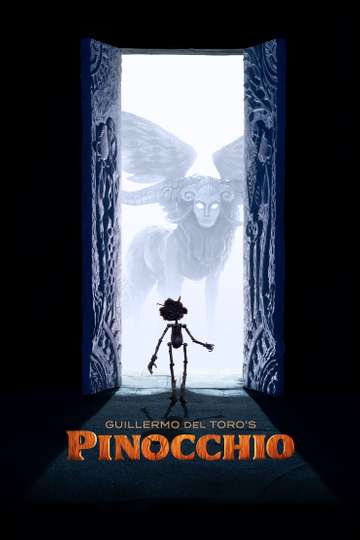
Guillermo del Toro's Pinocchio

